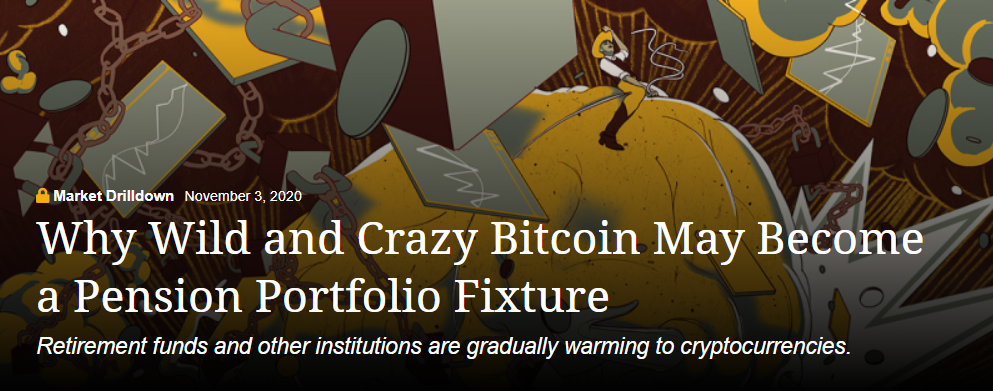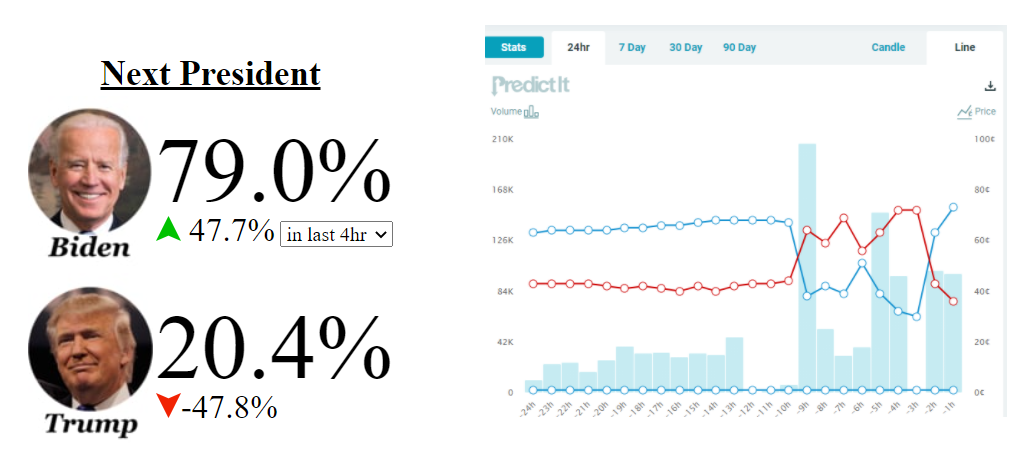Last week, the U.S. presidential election consumed the world’s attention. This week, the potential for a game-changing COVID-19 vaccine dominated headlines and market action.
But something else shocking happened last week, an event so surprising — and in some ways so ominous — it would have dominated headlines if not for the stiff competition.
The Chinese government killed the world’s largest-ever initial public offering (IPO) at the last minute.
On Oct. 28, we explained the details of the largest IPO in history. It was set to be a dual-listed Shanghai and Hong Kong share offering for Ant Group Co. — the owners of Jack Ma’s Ant Financial — that would raise an incredible $34 billion.
Ant Financial is a sprawling digital payments giant with hundreds of millions of users inside China. Its anticipated market cap in the vicinity of $313 to $330 billion, and its consumer lending power among Chinese citizens, led many to consider it China’s version of J.P. Morgan.
The Ant IPO was on track to be a runaway success. Investor interest was oversubscribed by 870 times, meaning that, in theory, they could have fulfilled their planned capital raise (the aforementioned $34 billion) an incredible 870 times over.
The banks, brokerages, and exchanges involved with the IPO were also on track for a stunning payday. The Ant IPO was expected to generate $198 million in banking fees and another $178 million in brokerage fees.
But all of that disappeared when, on Nov. 2, the People’s Bank of China (PBOC) and a group of government regulators summoned Jack Ma, the co-founder of Alibaba and Ant Financial, for a meeting.
At the meeting, Ma was told that China’s regulatory environment had changed. Ant Financial would have to increase its level of capital reserves at various lending units and reapply for national licenses that authorize consumer lending.
Shortly after, the world’s largest ever IPO — which would have raised more in a single offering ($34 billion) than any other offering in history — was canceled. The Chinese government had killed it and had done so at almost the last possible moment.
Bankers were stunned and markets reeled. Jack Ma’s Alibaba Group (BABA), which is more or less China’s version of Amazon and Google combined, lost tens of billions of dollars in market cap within minutes. Ma’s personal fortune dropped by $3 billion. Shares in Hong Kong Exchanges & Clearing, the owner of the Hong Kong stock exchange, fell by more than 2%.
The questions were immediate. Why would the Chinese government halt an IPO so late in the game and humiliate an entrepreneurial favorite son?
And why would China’s authorities be willing to infuriate investors, increase the perception of government regulatory risk, and potentially poison the well for future Hong Kong or Shanghai initial public offerings?
There are multiple possibilities for the Chinese government’s motive, all of which could hold.
First, they may have seen Jack Ma as becoming too powerful. Second, they may have wanted to favor China’s state-owned banks and reduce the competitive pressure being placed on them by Ant. And third, the authorities may be worried about the internal state of China’s financial system.
Jack Ma was set to become the richest man in Asia as a result of the Ant IPO. According to the Bloomberg Billionaires Index, Ma’s stake would have increased his net worth to $61 billion.
With Ma becoming more outspoken in recent years, the Chinese government may have decided too much money, power, and influence was being concentrated in a single individual. Killing the Ant IPO could be seen as a form of public humiliation, a harsh rebuke, and a reminder of who holds the power in China, all in one stroke.
Ant Financial’s lending activities, and its sprawling hold on the financial lives of Chinese consumers, may have also posed a threat to China’s state-owned banks. Chinese regulators may have decided that, were Ant to become too innovative and too well capitalized, the state-owned banks could suffer from digital competition to a degree that was unacceptable.
Third, it is possible, and perhaps even likely, that severe hidden problems exist within China’s financial system. To the outside world, China’s internal financials are a black box.
There is no real way to tell how healthy the Chinese economy actually is, or how much leverage has built up within the banks and the financial system, because the Chinese government deliberately obscures this data.
At the same time, in China, financial institutions do not fail or go belly up in a public manner. Sometimes an institution, or a large-scale bond offering, is allowed to fail — but more often than not, the government just writes a check and absorbs the loss on its own balance sheet.
This state-dominated way of doing business, in which the Chinese government is the lender of first resort rather than last resort, appears remarkably stable from the outside. Financial crises, as a rule, seem not to happen in China, because the whole system is interconnected. The government’s balance sheet supports the entire thing, and information is suppressed.
And yet, China’s system will still have leverage issues and financial pressure build-up, even if the outside world cannot tell what is happening. Then, too, if the Chinese government continues with a habit of swallowing all risk, not unlike a cartoon character swallowing a bomb, at some point there could be a time when the government itself loses control.
If this loss of control happens, due to a build-up of hidden debt and leverage issues over countless years, it probably would not manifest as a run of visible bankruptcies or public failures — those can always be hidden — but rather the internal mechanisms of China’s domestic economy ceasing to function as systems break down.
Our hunch — and it is only a hunch, because, again, the internal financials of China’s economy are a black box — is that all three of these factors apply to the Ant IPO cancellation. They killed the IPO in a brutal manner to send a message to Jack Ma, who was getting too big for his britches as Asia’s richest man; they wanted to protect China’s state-owned banks from overly dominant competition; and they are worried, at some level, by hidden stressors and pressure build-up within China’s opaque financial system.







